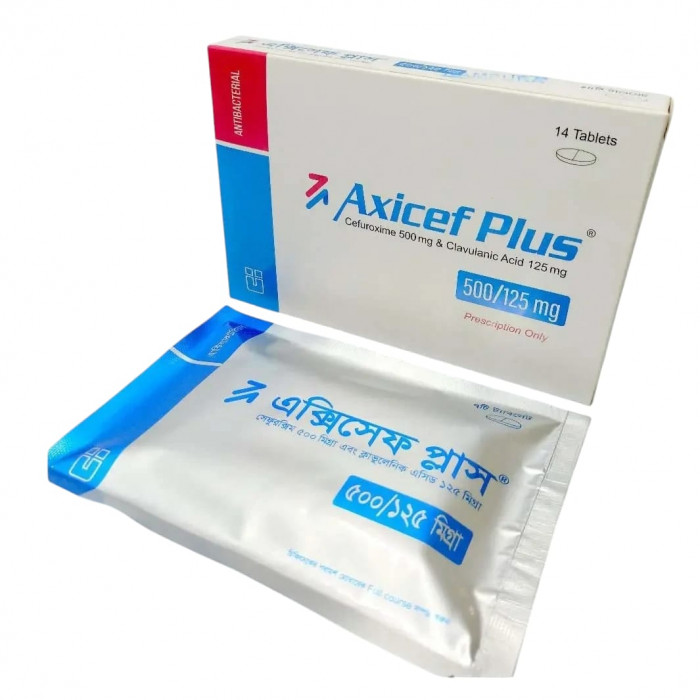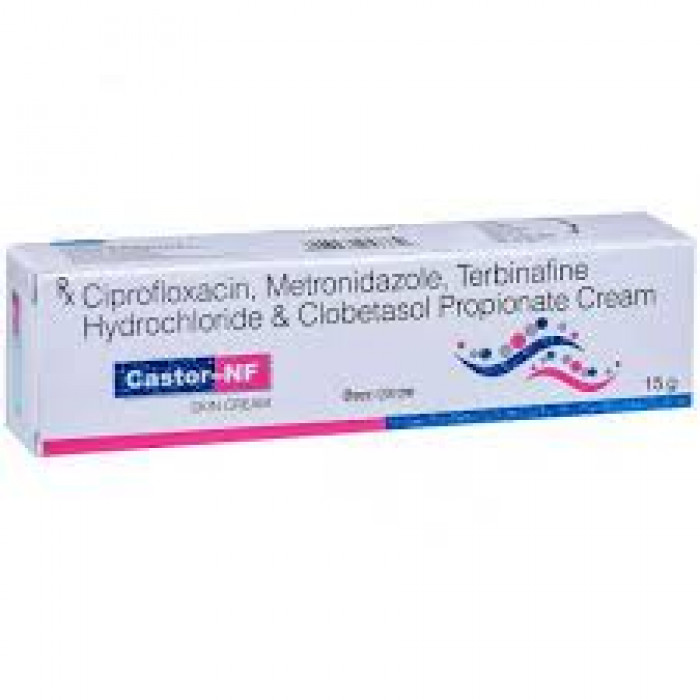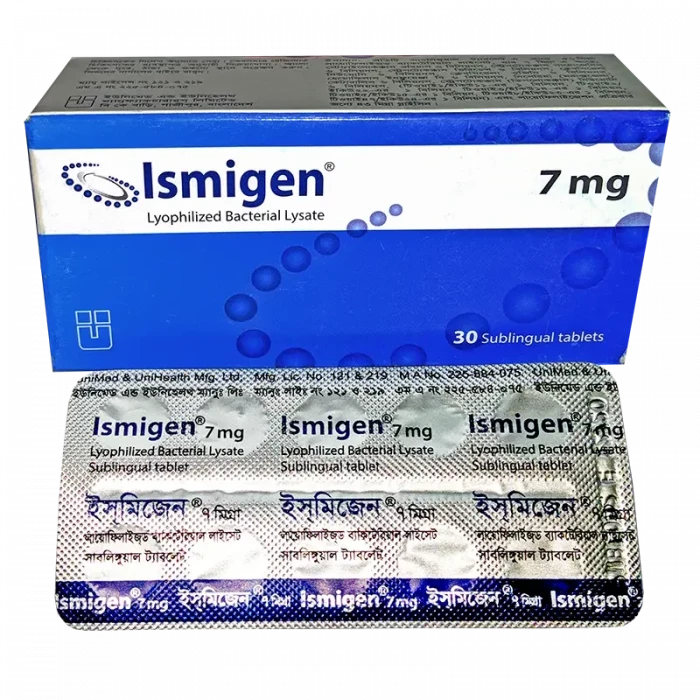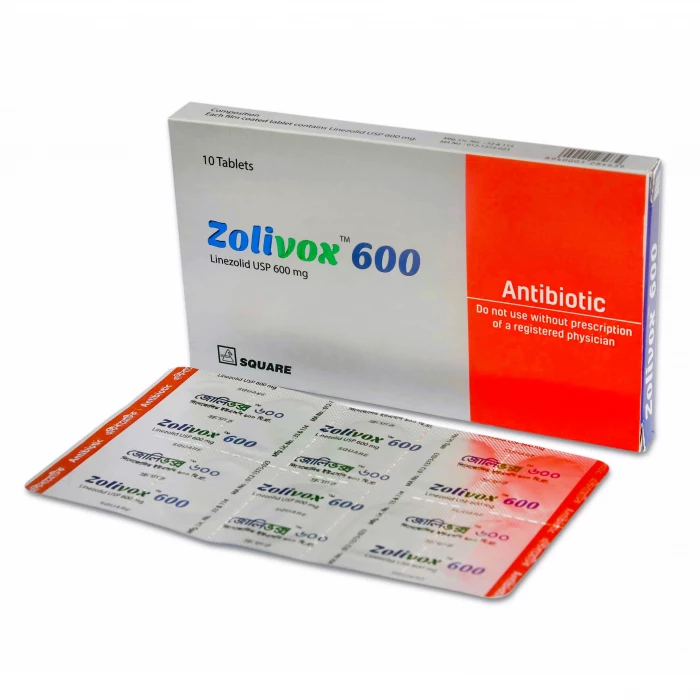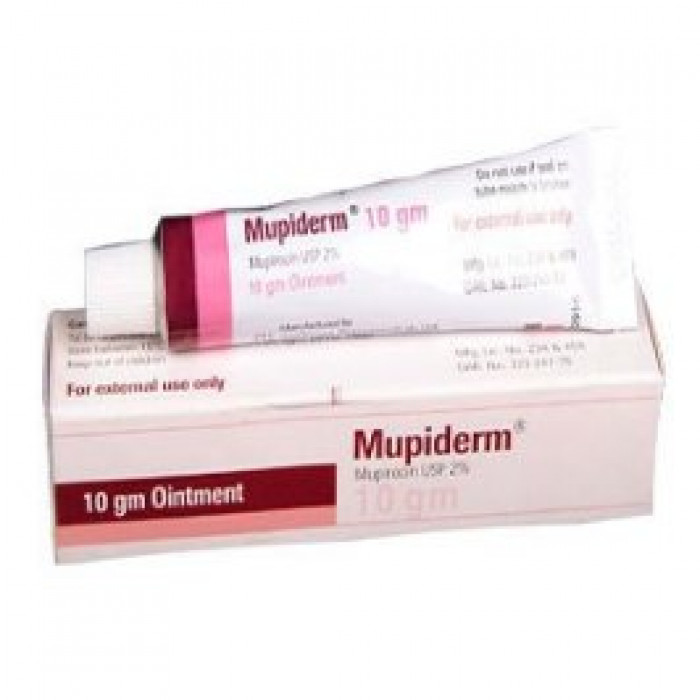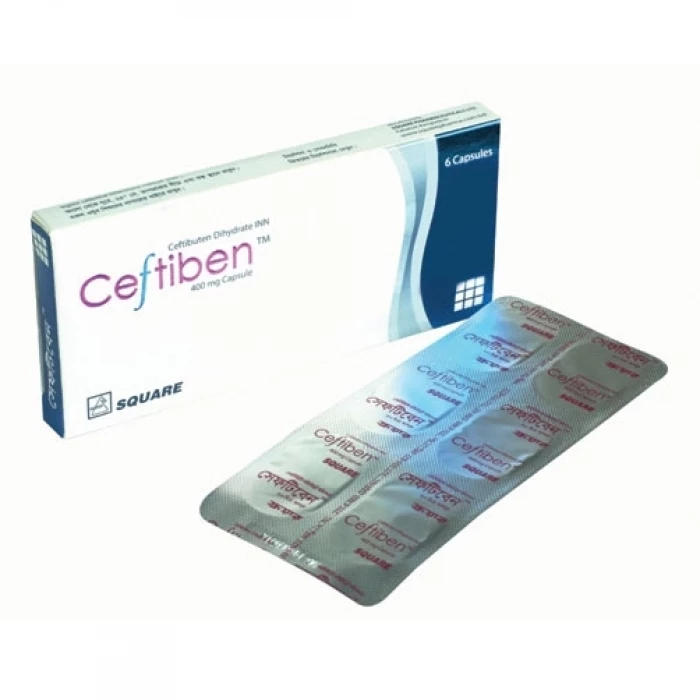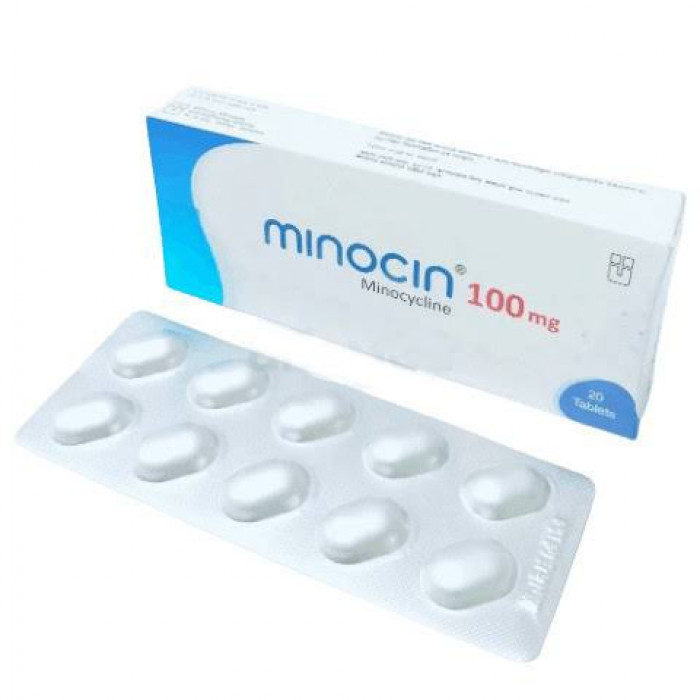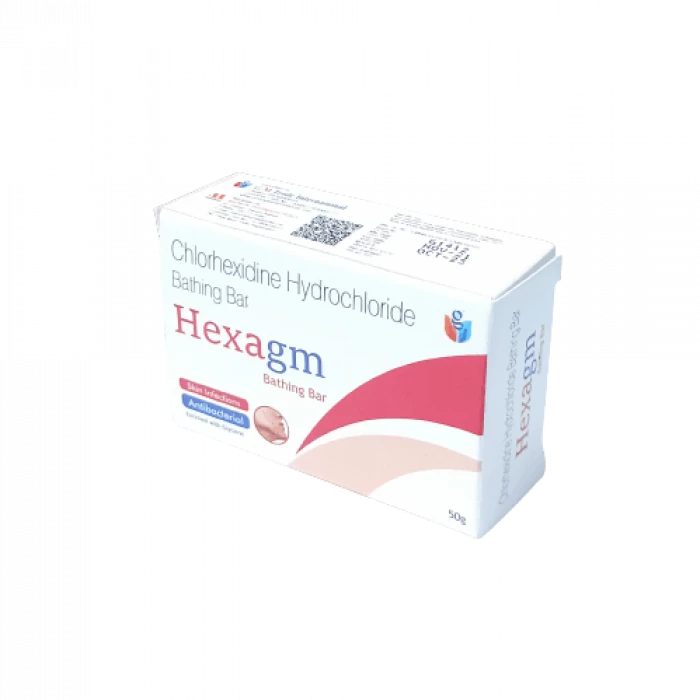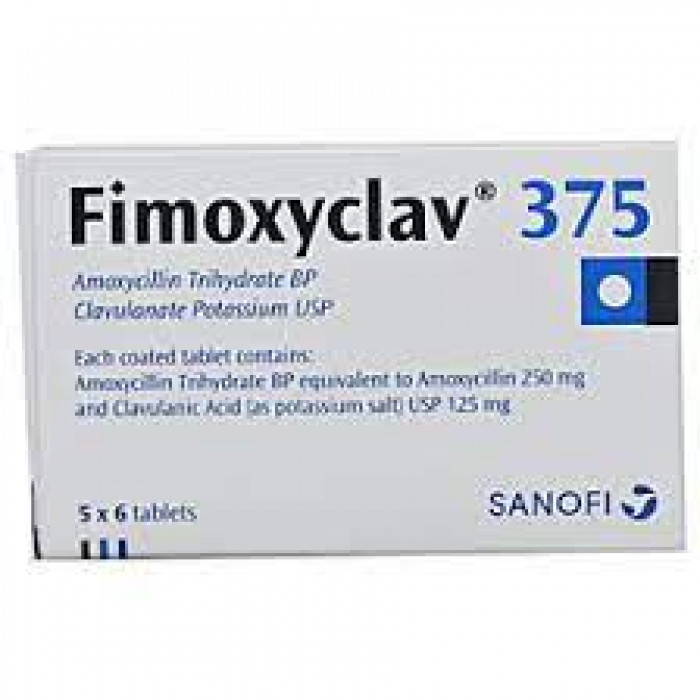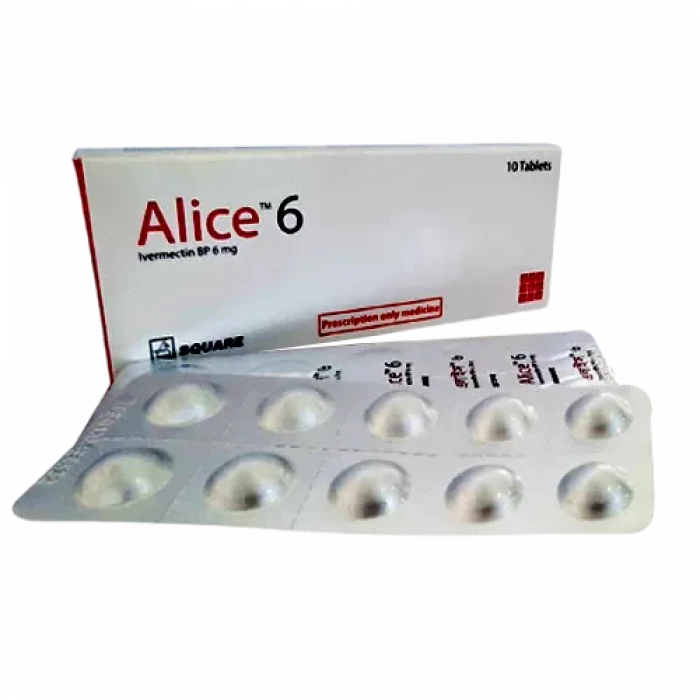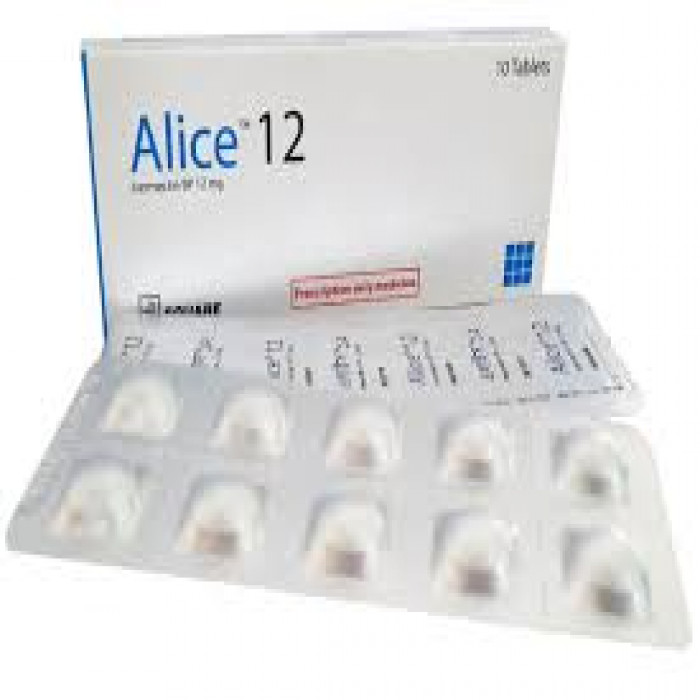
✔ 100% Authentic Product
👁️ Currently Viewing 2148
Doxicap 100 is an antibiotic medicine used to treat bacterial infections. It is effective in some infections of the lungs, urinary tract, eyes, and others.

100% Genuine Products, Guaranteed
Safe & Secure Payments, Always
Fast, Secure & Efficient Delivery
Proper Packaging
 Cash on Delivery - All over Bangladesh
Cash on Delivery - All over Bangladesh Regular Delivery - 8-12 Hours, Dhaka City*
Regular Delivery - 8-12 Hours, Dhaka City* Regular Delivery - 24-48 Hours, All Over Bangladesh*
Regular Delivery - 24-48 Hours, All Over Bangladesh*
✅ Description:
Doxicap 100 is an antibiotic medicine used to treat bacterial infections in your body. It is effective in some infections of the lungs, urinary tract, eyes, and others. It kills bacteria, which helps to improve your symptoms and cure the infection.
Doxicap 100 is also used to treat many sexually transmitted diseases and a skin condition known as acne. It should be taken preferably either one hour before or 2 hours after a meal. You should take it regularly at evenly spaced intervals as per the schedule prescribed by your doctor. Taking it at the same time every day will help you to remember to take it. The dose will depend on what you are being treated for, but you should always complete a full course of this antibiotic as prescribed by your doctor. Do not stop taking it until you have finished, even when you feel better. If you stop taking it early, some bacteria may survive, and the infection may come back.
Pregnant or breastfeeding women should consult their doctor before using it. It may blur your vision or make you feel sleepy and dizzy. Do not drive if these symptoms occur.
Safety Advices

Alcohol
UNSAFE
It is unsafe to consume alcohol with Doxicap 100.

Pregnancy
CONSULT YOUR DOCTOR
It is unsafe to use Doxicap 100 while pregnant because there is clear evidence that it poses a risk to the unborn child. However, if the advantages outweigh the possible risks, a doctor might very rarely recommend it in specific life-threatening circumstances. Please speak with your doctor.
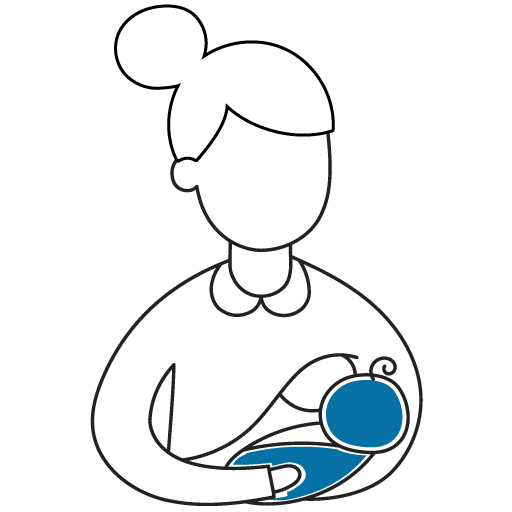
Breastfeeding
SAFE IF PRESCRIBED
Doxicap 100 is probably safe to use during breastfeeding. Limited human data suggests that the drug does not represent any significant risk to the baby.

Driving
UNSAFE
Doxicap 100 may decrease alertness, affect your vision or make you feel sleepy and dizzy. Do not drive if these symptoms occur. Visual disturbances such as blurring of vision may occur during treatment with doxycycline.
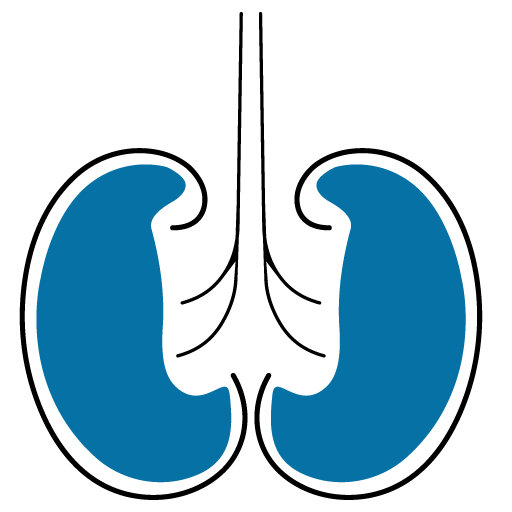
Kidney
SAFE IF PRESCRIBED
Patients with kidney illness can use Doxicap 100 without risk. The recommended dose for Doxicap 100 is unchanged. However, if you have any kidney illness at all, talk to your doctor.

Liver
SAFE IF PRESCRIBED
Doxicap 100 is safe to use in patients with liver disease. No dose adjustment of Doxicap 100 is recommended.
✔️ Use of Doxicap 100
Bacterial Infections
✔️ Side effects of Doxicap 100
- Vomiting
- Nausea
- Diarrhea
✔️ How to use Doxicap 100
Take Doxicap 100 in the dose and duration as advised by your doctor. Swallow it as a whole. Do not chew, crush, or break it. Doxicap 100 is to be taken on an empty stomach. Avoid Doxicap 100 with dairy products such as milk, cheese, curd, butter, panee,r and ice cream.
✔️ Words of Advice:
- Your doctor has prescribed Doxicap 100 to cure your infection and improve symptoms.
- Take Doxicap 100 with food and plenty of water to avoid stomach upset.
- Do not skip any doses and finish the full course of treatment even if you feel better. Stopping it early may make the infection come back and harder to treat.
- Take Doxicap 100 while you are sitting or standing to prevent any throat irritation. Do not lie down for at least 30 minutes after taking Doxicap 100.
- Diarrhea may occur as a side effect but should stop when your course is complete. Inform your doctor if it doesn't stop or if you find blood in your stools.
- Avoid excessive sun exposure and use sunscreen and protective clothing when outdoors.
✔️ Indication of Doxicap 100
Acne, Susceptible infections, Syphilis, Uncomplicated gonorrhoea, Relapsing fever, louse-borne typhus, Scrub typhus
✔️ Administration of Doxicap 100
May be taken with or without food. Take w/ a full glass of water & remain upright for at least ½ hr. Take w/ food or milk if GI irritation occurs.
✔️ Adult Dose of Doxicap 100
Oral Susceptible infections Adult: 200 mg on day 1 as a single or in divided doses, followed by 100 mg once daily. Severe infections: Maintain initial dose throughout the course of treatment. Sexually Transmitted Diseases Uncomplicated gonococcal infection of the cervix, urethra, and rectum, Uncomplicated urethral, endocervical, or rectal infection caused by Chlamydia trachomatis, Nongonococcal urethritis caused by C. trachomatis and U. urealyticum 100 mg PO q12hr for 7 days Syphilis (early): Patients who are allergic to penicillin should be treated with doxycycline 100 mg PO BID x 2 weeks Syphilis >1 year duration: Patients who are allergic to penicillin should be treated with doxycycline 100 mg PO BID x 4 weeks Acute epididymo-orchitis caused by N. gonorrhoeae or C trachomatis: 100 mg PO BID x least 10 days Acne, Rosacea Adult: 50 mg daily for 6-12 wk. Malaria Indicated for prophylaxis of malaria due to Plasmodium falciparum in short-term travelers (ie, <4 months) to areas with chloroquine and/or pyrimethamine-sulfadoxine resistant strain Prophylaxis: 100 mg PO qDay; begin taking 1-2 days before travel and continue daily during travel and for 4 weeks after traveler leaves malaria infested area Intestinal Amebiasis, Respiratory Tract Infections Indicated for adjunctive therapy to amebicides for acute intestinal amebiasis 100 PO q12hr on day 1, then 100 mg PO qDay Rickettsial Infections Indicated for Rocky Mountain spotted fever, typhus fever and the typhus group, Q fever, rickettsial pox, and tick fevers caused by Rickettsiae 100 PO q12hr on day 1, then 100 mg PO qDay Brucellosis Brucellosis due to Brucella species 100 mg PO twice daily for 6 weeks with rifampin or streptomycin Cholera Indicated for cholera caused by Vibrio cholerae 300 mg PO once; adjunct to fluid and electrolyte replacement Acute Bacteria Rhinosinusitis 200 mg/day PO qDay or divided BID for 5-7 days Anthrax Postexposure prophylaxis: 100 mg PO BID for 60 days Infective Endocarditis Suspected Bartonella infection with a negative culture: 100 mg PO BID x 6 weeks in combination with gentamicin and ceftriaxone Positive culture Bartonella infection: 100 mg PO BID x 6 weeks in combination with gentamicin or rifampin
✔️ Child Dose of Doxicap 100
Children: PO >8 y, <45 kg: 2–4 mg/kg/day q12h
✔️ Contraindication
It is contraindicated to patients with known hypersensitivity to any of the tetracyclines. It is also contraindicated in severe hepatic disorder and patients with systemic lupas erythematosus. Concomitant intake of alkalis, antacids and iron may interfere with the absorption of Doxycycline. It is advisable to avoid giving doxycycline in conjunction with penicillin. Doxycycline should not be used in pregnant women unless, in the judgment of the physician, it is essential for the welfare of the patient.
✔️ Interaction
Concomitant use w/ isotretinoin is known to cause pseudotumour cerebri. Prolonged prothrombin time w/ anticoagulants (e.g. warfarin). It may interfere w/ the bactericidal action of penicillin. Impaired absorption w/ antacids containing Al, Ca, or Mg, oral Zn, Fe salts, and bismuth preparations. Increased metabolism w/ phenobarbital, carbamazepine, primidone and phenytoin. Risk of breakthrough bleeding w/ oral contraceptives. Increased plasma concentration of ciclosporin. Decreased half-life w/ hepatic enzymes inducers (e.g. rifampicin). Potentially Fatal: Concurrent use w/ methoxyflurane may result to fatal renal toxicity.
✔️ Precaution
The use of drugs of tetracycline group during tooth development (last half of pregnancy, infancy and childhood to the age of 12 years) may cause permanent discoloration of the teeth. Tetracyclines, therefore, should not be used in this age group unless other drugs are not likely to be effective or are contraindicated. Lactation: Enters breast milk; Not recommended
✔️ Storage:
Keep all medicines out of reach of children. Store in a cool and dry place, protected from light.
Disclaimer:
ePharma sole intention is to ensure that its consumers get proper
information as musch as possible. Although we do not guarantee the
accuracy and the completeness of the information that provided and
here information is for informational purposes only.
The information contained herein should NOT be used as a substitute
for the advice of a qualified physician. This may not cover
everything about particular health conditions,
lab tests, medicines, all possible side effects, drug interactions,
warnings, alerts, etc. Please consult your healthcare professional
and discuss all your queries related to any disease or medicine. We
intend to support, not replace, the doctor-patient relationship.





